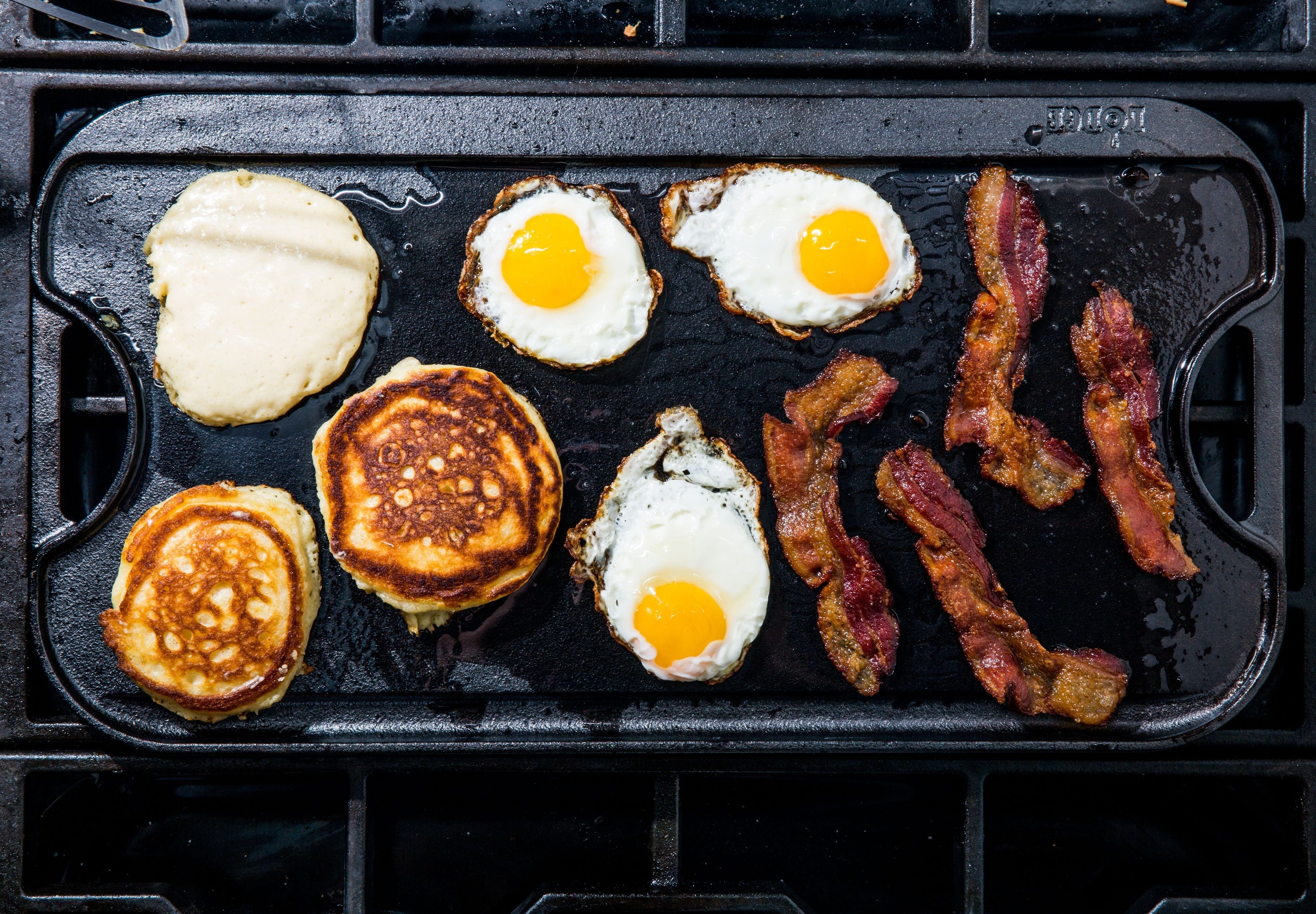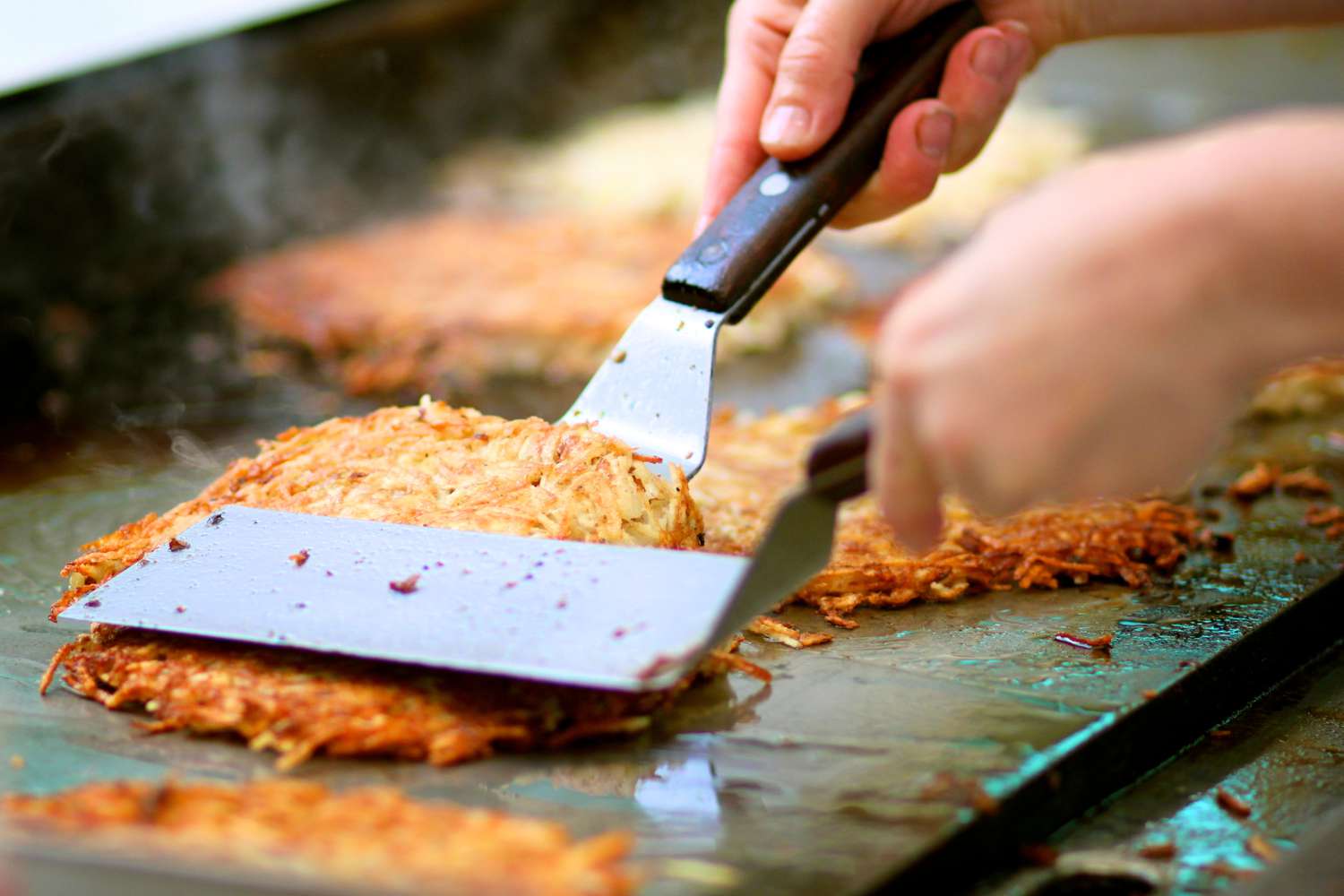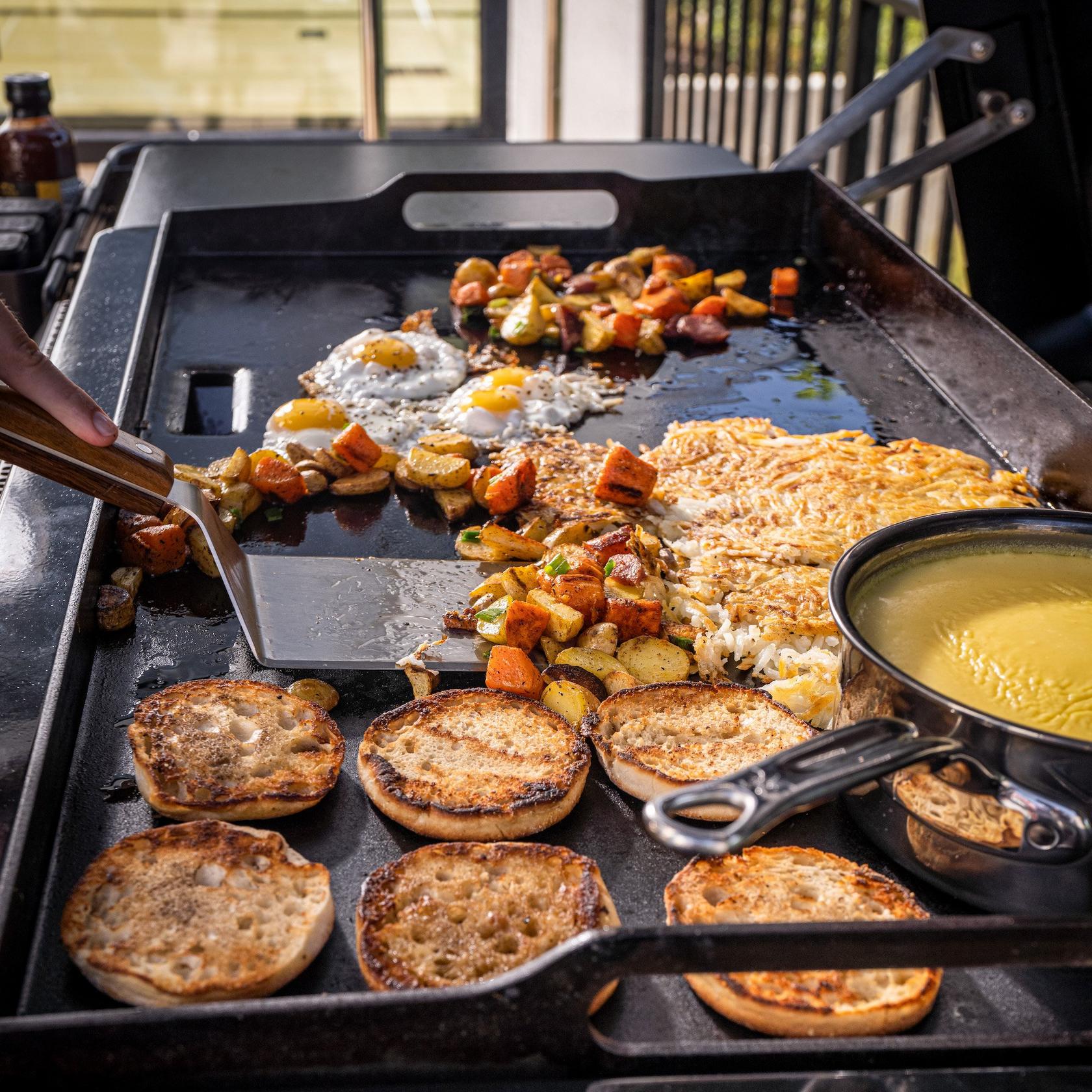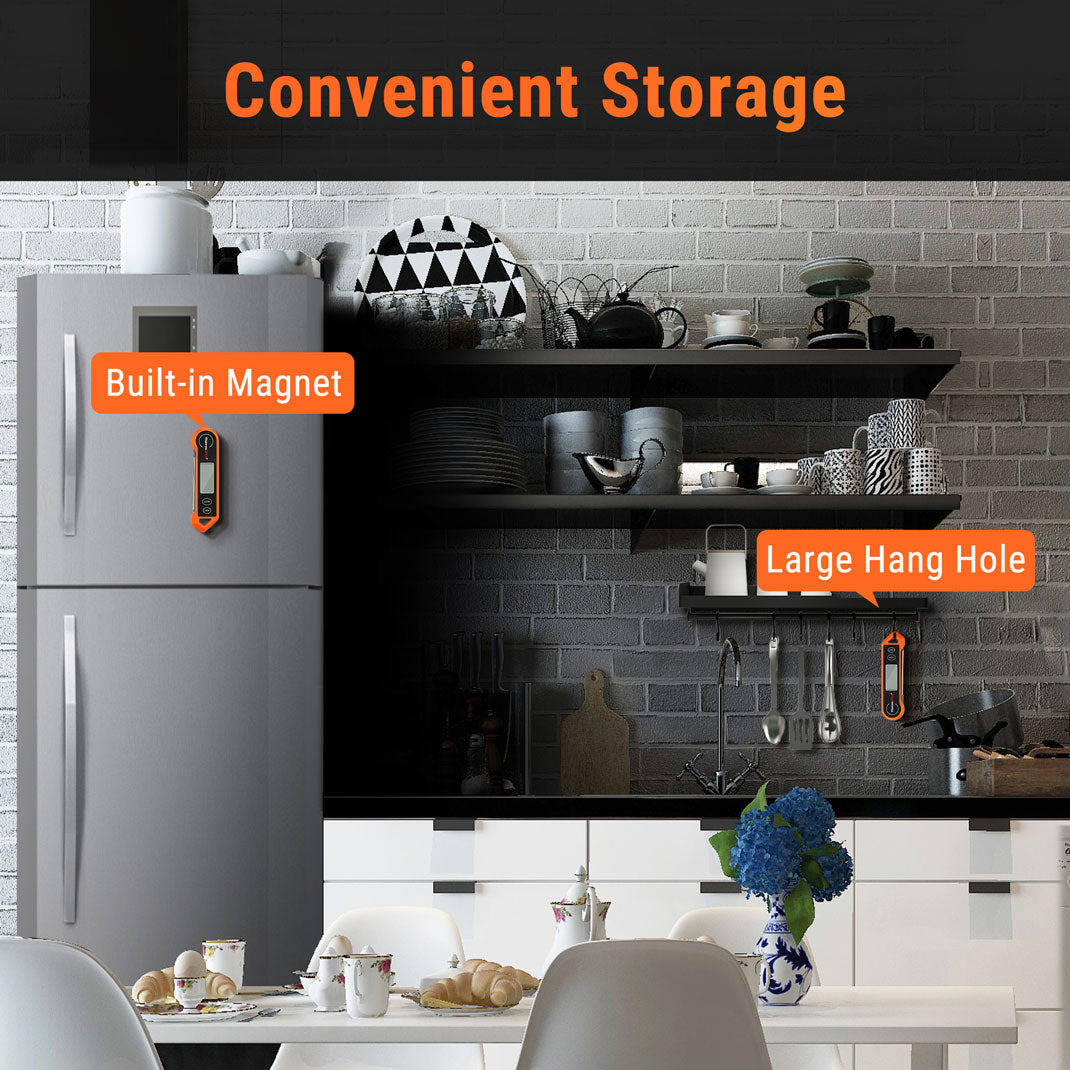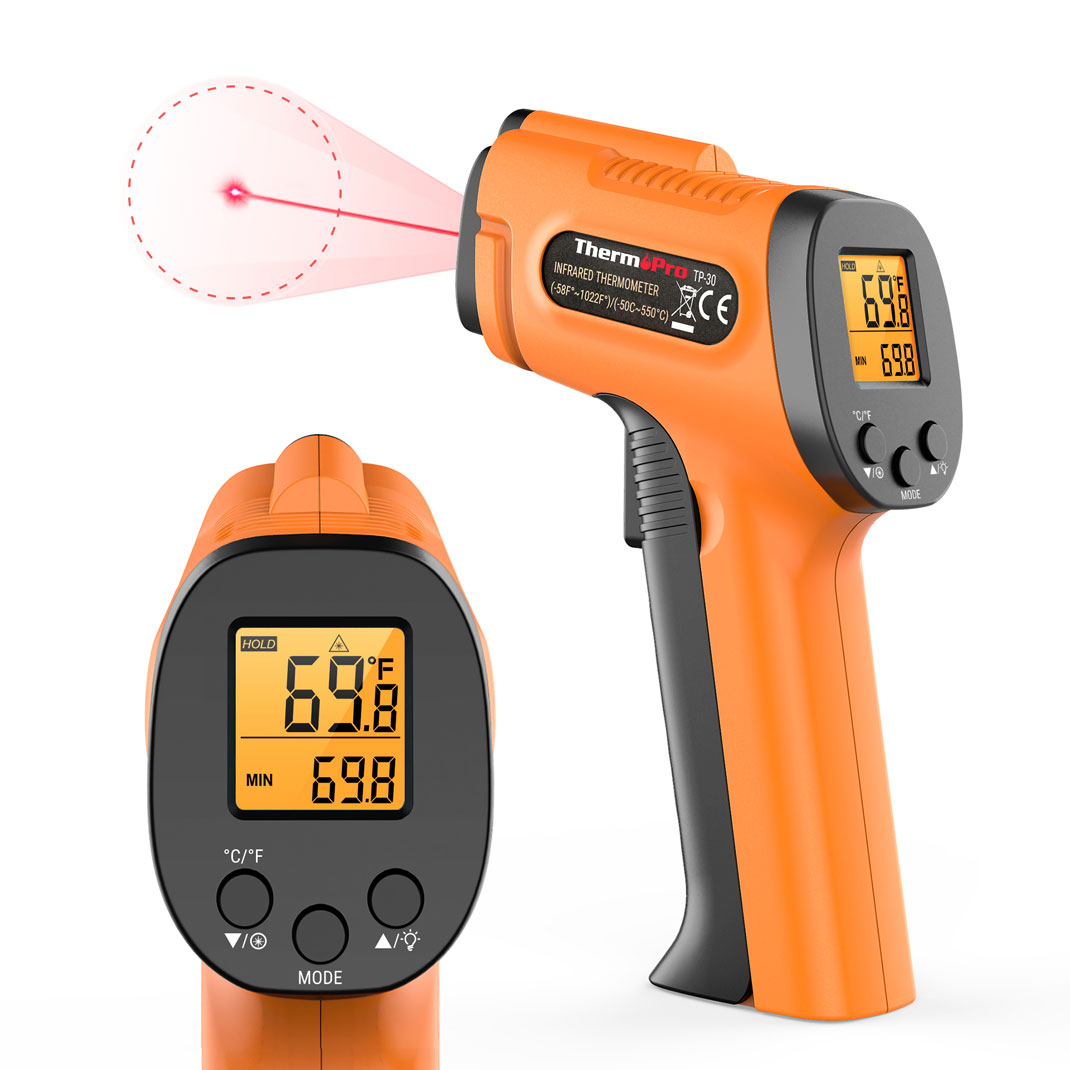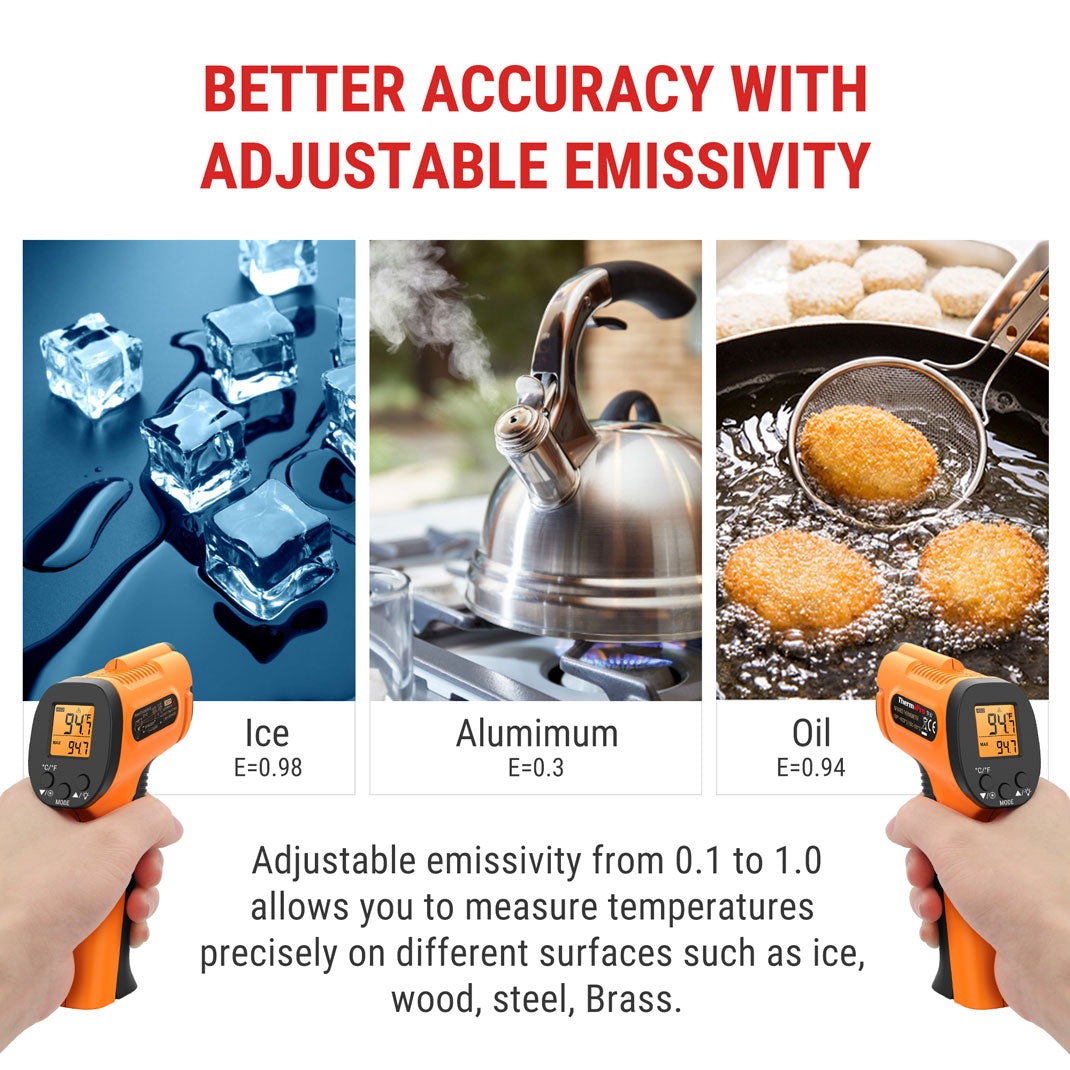3 Classic Dishes You Didn’t Realize Chefs Use Thermometers For






 288 Comments
288 Comments
When most people think of cooking thermometers, the first image that comes to mind is a Thanksgiving turkey or a thick ribeye steak on the grill. But in professional kitchens, thermometers are used for far more than roasts and barbecues. Chefs quietly rely on them to perfect delicate, everyday dishes — often in ways most home cooks would never imagine.
This is one of the “invisible secrets” of restaurant cooking. While guests marvel at a dish’s silky texture, balanced flavor, or crisp golden coating, what they don’t see is a thermometer tucked discreetly into a saucepan or held above hot oil. Precise temperature control is what transforms a dish from average to extraordinary.
Today, let’s pull back the curtain and look at three surprising recipes — poached eggs, crème brûlée, and Japanese tempura — where temperature precision is the chef’s not-so-secret weapon. And with the right affordable tools, you can do the same in your home kitchen.
1. Poached Eggs — Restaurant-Perfect Every Time
Poached eggs are one of those deceptively simple dishes that intimidate even seasoned home cooks. The challenge isn’t just dropping an egg in hot water; it’s getting that neat, tender white to cradle a perfectly runny yolk.

Why Temperature Matters
Egg whites start to set at around 140°F (60°C), while yolks firm up closer to 150–160°F (65–71°C). That means if your water is boiling at 212°F, the whites seize up too fast and the yolk risks overcooking before the outside is set. Instead, chefs target a gentle range of 170–180°F (77–82°C), just below a simmer.
Step-by-Step Poached Eggs
- Heat 3 inches of water in a saucepan until it reaches 170–180°F (77–82°C). Check with the TP19H Instant-Read Thermometer.
- Crack a fresh egg into a small bowl (freshness is key, as older eggs spread more).
- Gently slide the egg into the water. No need to swirl — steady heat does the work.
- Poach for 3–4 minutes until whites are set but yolk is still runny.
- Lift out with a slotted spoon, drain, and serve over toast, salad, or grain bowls.
Common Mistakes
- Boiling water: This causes ragged whites and overcooked yolks.
- Old eggs: They spread too much in the water.
- No temperature check: Guessing leads to inconsistency every time.
Serving Suggestions
Top avocado toast with a poached egg, toss into grain bowls, or use them as a luxurious topper for ramen. That perfectly runny yolk doubles as a natural sauce.
2. Crème Brûlée — Creamy, Never Scrambled
Crème brûlée feels luxurious, but it’s surprisingly easy to ruin. The silky custard base is made of cream, egg yolks, and sugar — a trio that requires precise heat to transform into velvety smoothness without curdling.

Why Temperature Matters
Egg proteins begin to coagulate around 160°F (71°C). Push much past 175°F (80°C), and those proteins clump, turning your custard into scrambled eggs. That’s why professional pastry chefs are almost religious about monitoring custard temperature.
Step-by-Step Crème Brûlée
- In a saucepan, heat 2 cups heavy cream with a splash of vanilla until it reaches 160°F (71°C). Test with the TP19H Instant-Read Thermometer.
- Whisk 5 egg yolks and ½ cup sugar until pale. Temper the cream in slowly to avoid shocking the yolks.
- Pour mixture into ramekins set inside a baking dish filled halfway with hot water.
- Bake at 325°F until the center reaches 170–175°F (77–80°C). Check gently with the thermometer probe.
- Chill custards for several hours. Sprinkle sugar on top, then caramelize with a torch.
Common Mistakes
- Overheating the cream: Can scorch or alter flavor.
- Skipping temperature checks: Leads to curdled or rubbery custard.
- Overbaking: Custard loses its signature “wobble.”
Serving Suggestions
Infuse the cream with coffee beans, lavender, or citrus zest for a twist. Serve with fresh berries for balance.
3. Japanese Tempura — Crispy, Golden, Not Greasy
Tempura looks simple — just battered shrimp or vegetables fried in oil. But achieving that light, airy crispness without sogginess is an art. For Japanese chefs, it comes down to one thing: oil temperature.

Why Temperature Matters
Oil too hot (above 370°F / 188°C) and your batter burns before the inside cooks. Too cool (below 330°F / 165°C) and the food absorbs oil, turning greasy instead of crisp. The sweet spot is 340–360°F (171–182°C).
Step-by-Step Tempura
- Make a light batter: 1 cup flour, 1 cold egg, and 1 cup ice water (cold batter helps crisp texture).
- Heat vegetable oil in a deep pan to 350°F (177°C). For quick checks without contact, use the TP30 Infrared Thermometer.
- Dip shrimp or sliced vegetables into batter, shaking off excess.
- Fry in small batches for 2–3 minutes until lightly golden.
- Drain on paper towels and serve with dipping sauce.
Common Mistakes
- Guessing oil temp: Leads to greasy or burnt results.
- Overcrowding the pan: Drops oil temperature quickly.
- Thick batter: Prevents the light, airy finish tempura is known for.
Serving Suggestions
Serve shrimp, pumpkin slices, or mushrooms with tentsuyu dipping sauce (soy sauce, dashi, mirin). Pair with rice or noodles for a balanced meal.
Tools That Make It Easy at Home
Chefs don’t leave temperature to chance — and neither should you. The good news is that the same precision tools professionals use are now affordable for home cooks:
- Instant-Read Thermometers: Fast, accurate, and perfect for tasks like poached eggs or custards.
- Infrared Thermometers: Contact-free, ideal for monitoring oil temp when frying tempura.
- TP19H Instant-Read Thermometer: Compact, highly accurate, and just around $20 — a must-have everyday tool.
- TP30 Infrared Thermometer: Also about $20, versatile for both cooking and household uses (like troubleshooting AC or checking car engines).
Conclusion
From the delicate simmer that makes poached eggs flawless, to the precise custard set of crème brûlée, to the sizzling sweet spot of tempura oil — chefs know that temperature is the invisible ingredient that makes these dishes shine.
Many home cooks never realize that thermometers are the secret tool behind these seemingly effortless recipes. But now you know: you don’t need a restaurant kitchen to master them.
With affordable, easy-to-use tools like the TP19H Instant-Read Thermometer and the TP30 Infrared Thermometer, you can bring restaurant-level precision home.







